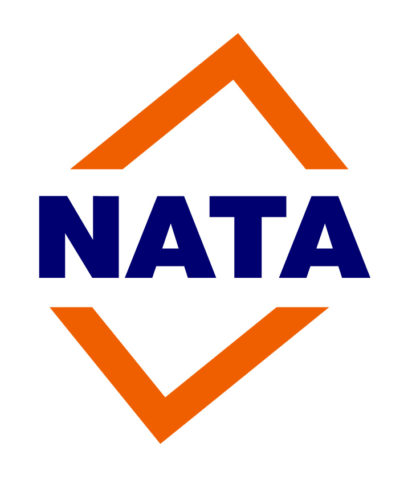Thermal Insulation and Solar Performance
Measuring properties of thermal insulating materials.
To construct more energy efficient buildings thermal insulating materials are used to restrict heat flow. CSIRO measures how well thermal insulating materials perform using our NATA accredited test facility to determine thermal performance of the material to AS/NZS 4859.1. Thermal performance of materials encompasses:
- Thermal resistance (R-value)
- Thermal conductance (U-value)
- Thermal conductivity (k).
CSIRO has measured thermal properties for a large array of materials, including poly urethane foam products, PIR foam products, polyester foam products, polystyrene foam products, fibre blanket materials, aerated autoclaved concrete, fire retardant board, mineral fibre duct insulation, cellular glass block, soil, and many more!
Test methods applied for measuring thermal properties of materials include:
- ASTM C518 Steady state thermal transmission properties by means of heat flow meter apparatus
- ASTM C653 Determination of the thermal resistance of low-density blanket type mineral fiber insulation
- ASTM C687 Determination of thermal resistance of loose fill building insulation
- ASTM C240 Testing of cellular glass block*
Another approach to making more energy efficient buildings is to use phase change materials which store energy via transition between solid to liquid phases (and vice versa). CSIRO also has the capability to measure heat storage of this material type  using standard method:
using standard method:
- ASTM C1784 Using a heat flow apparatus for measuring thermal storage properties of phase change materials and products.*
* test methods which are currently outside the scope of CSIRO’s accreditation
Solar Performance
Green Building rating (Green starTM) and the National Construction Code (NCC) of Australia require values of solar performance for some materials roofing, paving, tiles etc.
We can carry out the tests required for compliance with Method:
ASTM E1980-11 Solar reflectance index
This involves calculations based on test to the following standards:
Total hemispherical thermal emittance*
Method: ASTM E408 Standard Test Methods for Total Normal Emittance of Surfaces Using Inspection-Meter Techniques
Total hemispherical solar reflectance*
Method: ASTM E903 Standard Test Method for Solar Absorptance, Reflectance, and Transmittance of Materials Using Integrating Spheres
The test results are used in the calculation and reporting of:
Solar Reflectance
Solar absorptance (A=1-R)
Solar reflectance Index (SRI)
